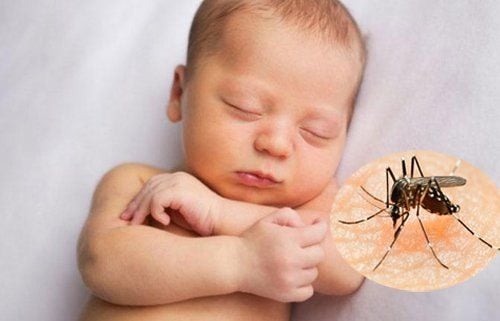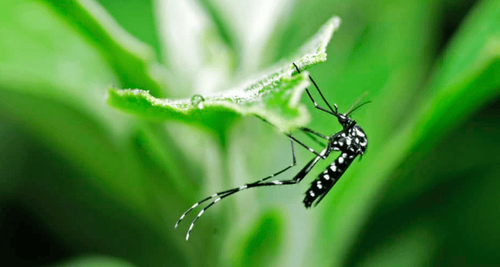This is an automatically translated article.
Japanese encephalitis (JE) is a brain infection caused by the Japanese encephalitis virus (JEV). Symptoms can include headache, vomiting, fever, confusion, and seizures. This happens about 5 to 15 days after infection.1. Origin of Japanese Encephalitis
Since its emergence in Japan in the 1870s, Japanese encephalitis has spread throughout Asia and has become the most common cause of encephalitis worldwide. Four genotypes of Japanese encephalitis virus (JEV) are currently recognized (genotypes I to III have been fully elucidated), but its origin remains unknown.2. Current situation of Japanese encephalitis
Japanese encephalitis (JE) is the leading cause of viral encephalitis in Asia. Countries that have had major epidemics in the past, but have controlled the disease mainly through vaccination, include China, South Korea, Japan, Taiwan, and Thailand. Other countries that still have recurring epidemics include Vietnam, Cambodia, Myanmar, India, Nepal and Malaysia.
Nước ta nằm trong nhóm các quốc gia vẫn còn dịch bệnh viêm não Nhật Bản
3. New findings on Japanese encephalitis
Recently, whole genome microarray studies of neurons infected with Japanese encephalitis virus have shown that neurons play an important role in self-protection against Japanese encephalitis infection. Copy. Although this challenges the long-held belief that neurons are immunocompromised, an improved understanding of the proinflammatory effects is responsible for controlling viral infection and neuronal damage. in Japanese encephalitis infection is an essential step in developing strategies to limit the severity of CNS disease.Several drugs have been studied to reduce viral replication or provide neuroprotection in cell lines or studies in mice. No studies have been applied in the treatment of patients.
Curcumin has been shown to be neuroprotective against Japanese encephalitis infection in a test-tube study. Curcumin may work by reducing cellular reactive oxygen species levels, restoring cell membrane integrity, reducing proapoptotic signaling molecules, and modulating cellular levels of stress-related proteins. It has also been shown that the production of infectious viral particles from previously infected neuroblastoma cells is reduced, which is achieved by inhibition of the ubiquitin-proteasome system.
Minocycline in rats resulted in significant reductions in viral load and levels of inflammatory mediators and also prevented blood-brain barrier damage.
4. Prevention of Japanese encephalitis

Tiêm phòng viêm não Nhật Bản cho trẻ
The most common side effects are redness and pain at the injection site. Vaccines produced from rat brains have a risk of autoimmune neurological complications that are about 1 in a million vaccinations. However, in the case where the vaccine was not produced in the brains of mice but in vitro using cell cultures, there were very few side effects compared with placebo, the main side effects being headaches and muscle aches.
Neutralizing antibodies remain in the circulation for at least two to three years and perhaps longer. The total duration of protection is unknown, but because there is no firm evidence for protection after three years, vaccination every three years is recommended for those who are still at risk. Furthermore, there are also no data regarding the interchangeability of other JE and IXIARO vaccines.
Please dial HOTLINE for more information or register for an appointment HERE. Download MyVinmec app to make appointments faster and to manage your bookings easily.













